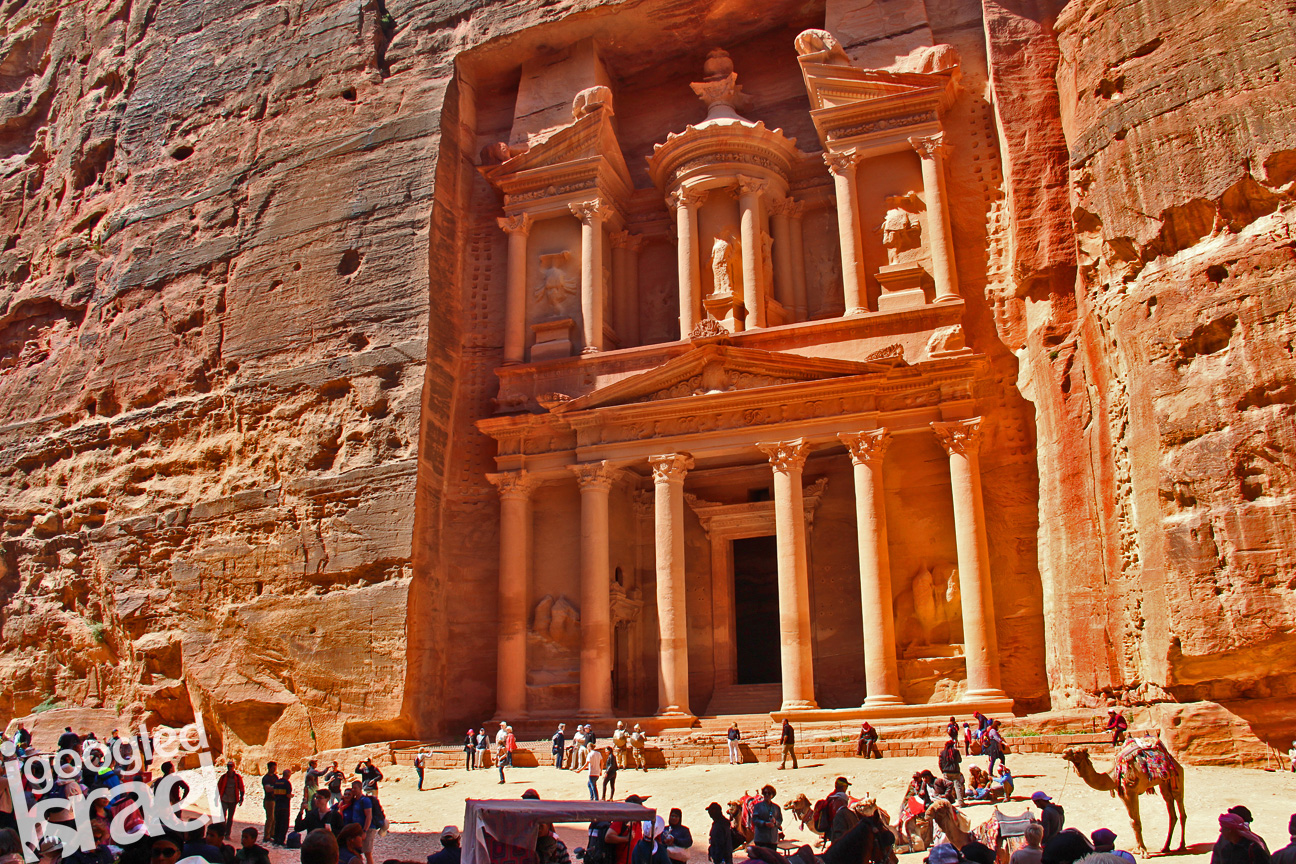Petra Holiday
Description
By the beginning of the eighth century A.D., Petra was largely abandoned and no longer a significant location commercially, politically and/or culturally.
Although no longer an important city, Petra has been noted by historians and archeologists for its unique architecture as well as a specific innovation made by the Nabatean Bedouins that established the city.
Given the rugged, mountainous terrain that surrounds it, Petra wouldn’t seem like a logical place to build a city. However, the Nabateans took advantage of this geography as they erected its key structures.
Using an early form of the technique known as rock-cut architecture, the Nabateans literally carved several of the city’s buildings out of the surrounding stone surfaces. As the Nabatean culture evolved, and as the Romans and the Byzantines later sought to leave their own marks on the city, the architecture of Petra began to take on a mix of the different cultures that occupied it.
Large and ornate tombs built by the Nabateans eventually gave way to Christian churches constructed by the Byzantines, who considered Petra the capital of the province of Palaestina.
During this evolution, while the Romans ruled the city after the Nabateans and before the Byzantines, the Petra Roman Road was built. This served as the main thoroughfare of Petra, and ornate gates were built, in Roman style, to mark the entrance to the city.
However, the Nabateans’ influence over the city’s design and structure was not completely eliminated by its subsequent rulers.
Water Harvesting
As desert dwellers, the Nabateans had long struggled during seasons in which rainfall in the region was limited. When the tribe built Petra, though, they developed a unique system of conduits, dams and cisterns to harvest, store and distribute rainwater for year-round use.
At certain times of year, the area around the city was prone to flooding. However, the Nabateans were able to effectively control these floods using dams and, therefore, the city’s water supply.
This meant that they could reside in the city even during periods of drought. It also improved the crop yields of Nabatean farmers.
Petra Today
After the eighth century, when Petra was largely abandoned as a trading center, its stone structures were used for shelter by nomadic shepherds for several centuries.
Then, in 1812, the unique ruins of Petra were “discovered” by Swiss explorer Johann Ludwig Burckhardt. He described the ruins of the once-great city in chronicles of his travels.
With the western world now aware of their existence, they soon attracted the interest of architects and scholars, among others. Starting in 1929, British archaeologists Agnes Conway and George Horsfield, as well as scholars Tawfiq Canaan and Ditlef Nielsen, launched a formal project to excavate and survey Petra.
Numerous findings have been made in the decades since, including the 1993 discovery of Greek scrolls dating to the Byzantine period as well as the more recent documentation via satellite imaging of a previously unknown monumental structure buried beneath the sands of the area.
When Petra was named a UNESCO World Heritage Site in 1985, Petra Bedouin tribespeople who had made homes for themselves within the city’s remaining ruins were forcibly relocated by the Jordanian government.
Gallery




